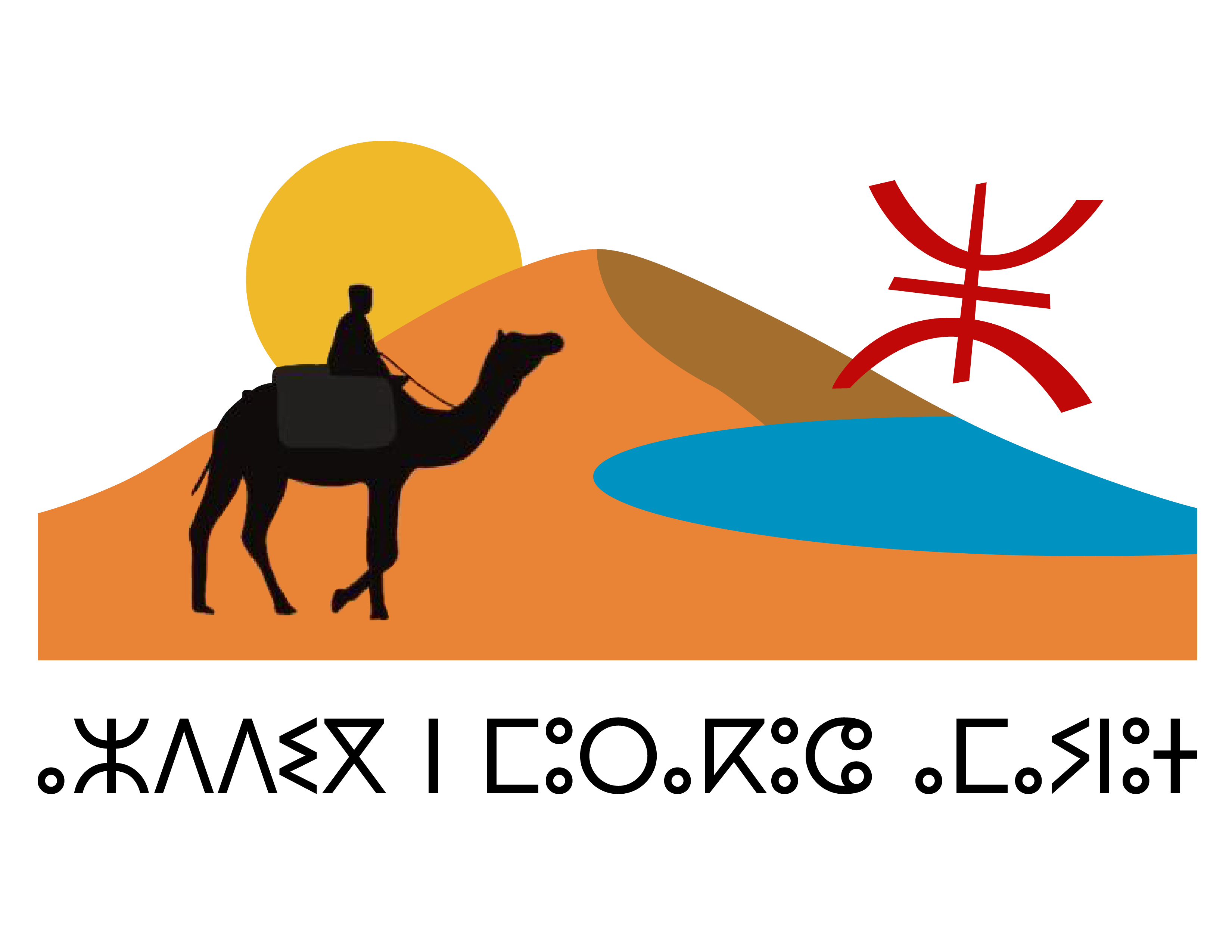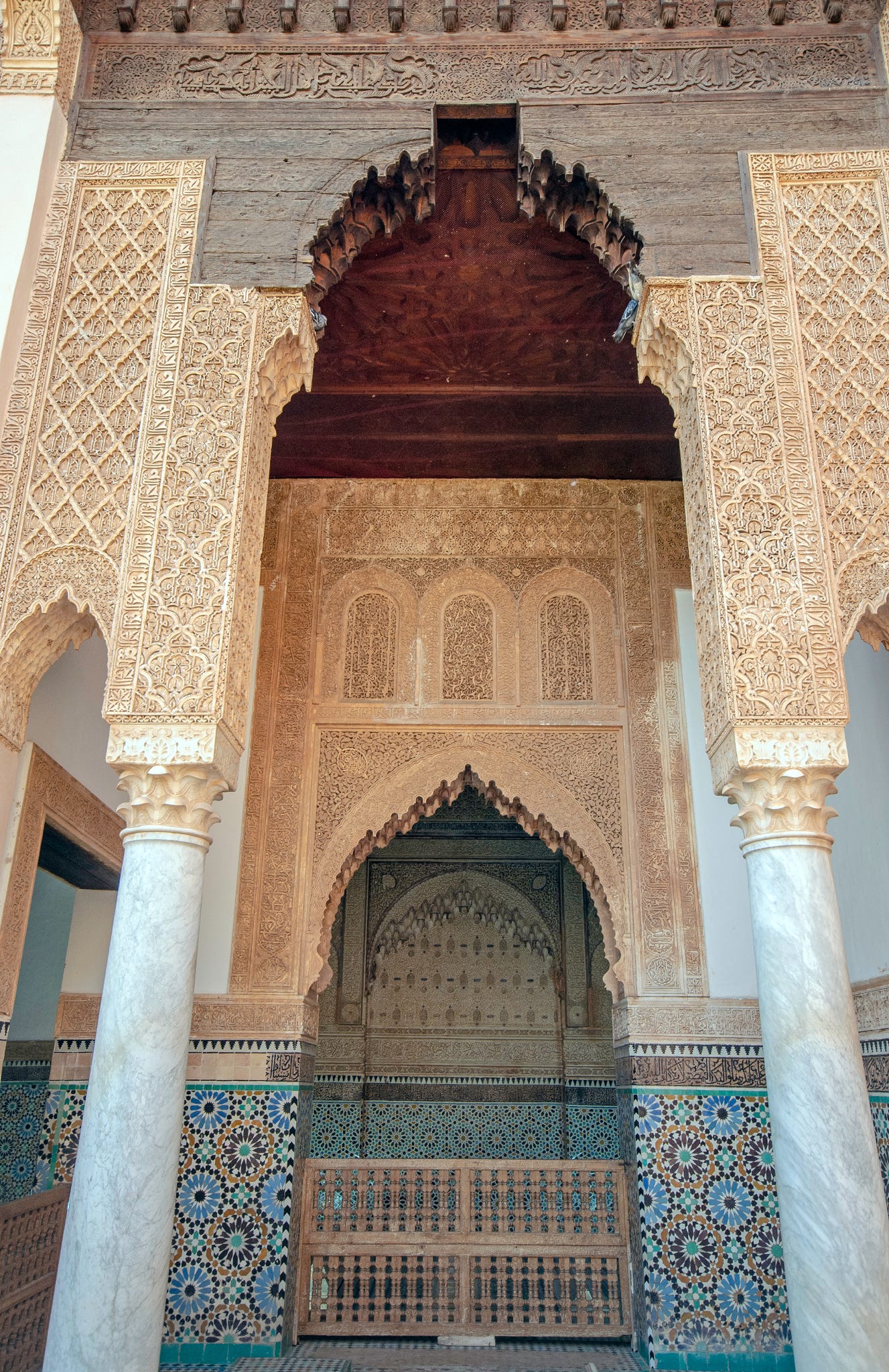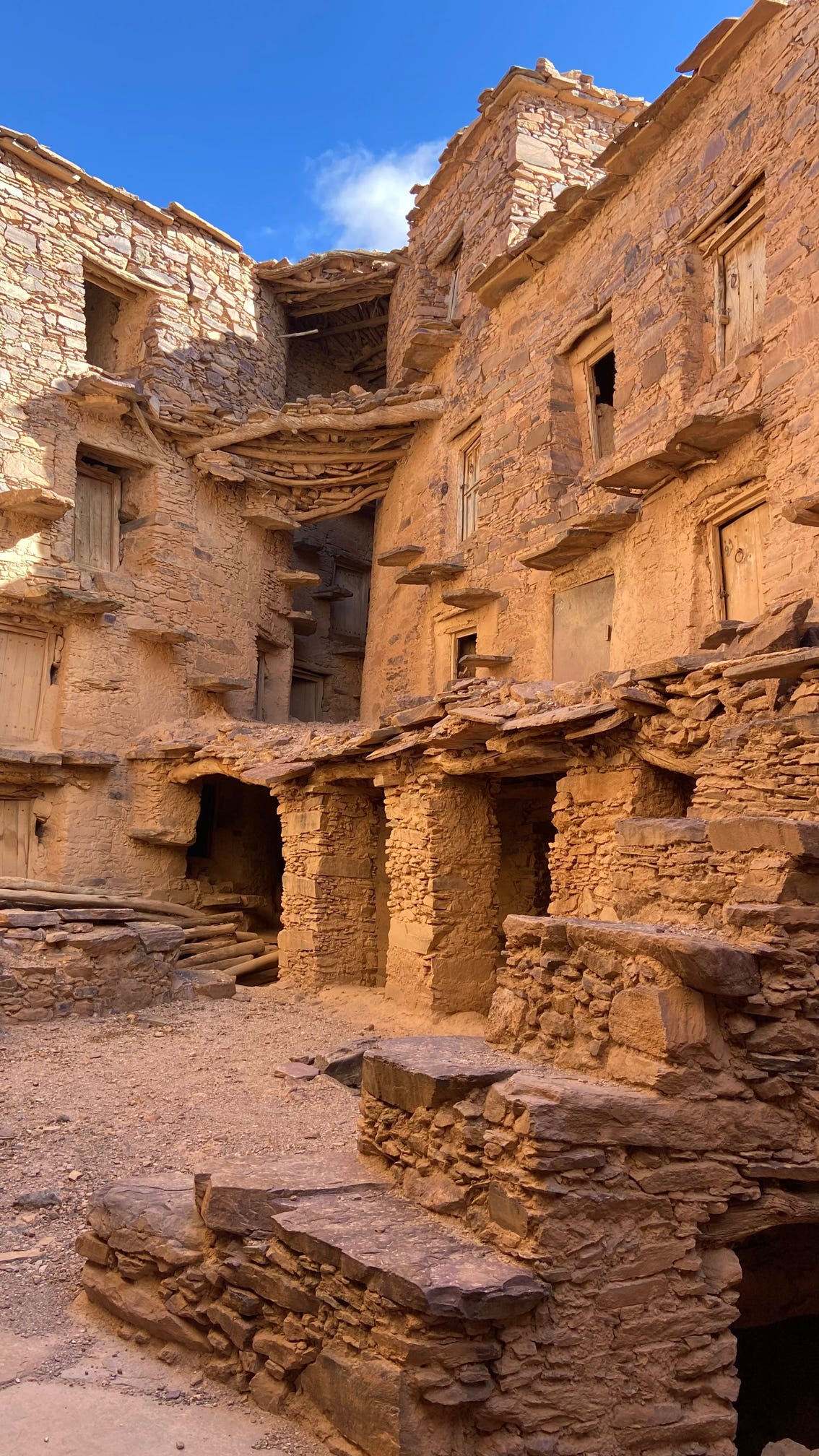
Imperial Cities: Morocco and its 5 most Captivating but Enchanting Cities
Morocco’s Imperial Cities are rich in history with intricate architecture, grand palaces and busy markets.
Morocco’s Imperial Cities have been shaped by centuries of rule, evolution and grandeur. As former capitals of the various dynasties in the kingdom, these cities reflect the country’s royal past through their Medinas, Palaces and Religious Landmarks
Morocco’s Imperial Cities preserve their ancient charm with their narrow winding streets, public squares, monumental gates and twoering walls each telling a unique story of power, art and tradition
Embark on a regal expedition through Morocco’s Imperial cities, where echoes of dynasties past resound in every corner. From the majestic palaces of Rabat to the medinas of Meknes, these cities stand as living testaments to the country’s opulent history and enduring cultural legacy.
Morocco’s Imperial Cities – Meknes
Meknes, a small city nestled in the heart of Morocco, exudes an enchanting blend of history, culture, and charm. As one of the country’s four imperial cities, Meknes boasts a rich heritage dating back centuries, evident in its impressive architecture and well-preserved historical sites.
The grandeur of Bab Mansour, a monumental gate that welcomes visitors to the city, sets the tone for the architectural wonders that await within. The city’s old medina, a UNESCO World Heritage Site, is a labyrinth of narrow alleys and bustling souks, where artisans display their traditional crafts and colorful goods. Meknes is also renowned for the vast and captivating Heri es-Souani, an ancient granary and stables complex that speaks volumes about the city’s glorious past.
Amidst its historical allure, Meknes embraces a more laid-back atmosphere compared to some of its bustling Moroccan counterparts, allowing visitors to savor the authentic Moroccan way of life at a leisurely pace. With its unique blend of history, culture, and warm hospitality, Meknes stands as a hidden gem that beckons travelers to explore its timeless wonders.
Morocco’s Imperial Cities – Fes
Fes, the ancient jewel of Morocco, is a city steeped in history, culture, and tradition. As one of the country’s oldest and most significant imperial cities, Fes is a living testament to Morocco’s rich past. Its mesmerizing and labyrinthine medina, a UNESCO World Heritage Site, entices visitors with its maze of narrow alleys, vibrant souks, and historic architecture.
The iconic tanneries of Fes, where leather is still dyed using traditional methods, offer a sensory experience like no other. Beyond its historical allure, Fes is also a center of learning and spirituality, with the prestigious Al Quaraouiyine University, established in the 9th century, regarded as the world’s oldest continually operating university.
The city’s vibrant cultural scene comes alive during the annual Fes Festival of World Sacred Music, attracting artists and music enthusiasts from around the globe. Fes remains a city of contrast, where ancient traditions harmoniously coexist with modernity, and where the past intertwines seamlessly with the present, leaving all who visit with a profound appreciation for Morocco’s rich heritage.
Morocco’s Imperial Cities – Marrakech
Marrakech, the bustling and vibrant “Red City” of Morocco, is a captivating fusion of ancient history and modern charm. As one of the country’s most iconic destinations, Marrakech enchants visitors with its exotic ambiance, lively souks, and stunning architecture. The city’s heart lies within the UNESCO-listed Medina, where labyrinthine alleys lead to bustling markets, ornate palaces, and historic landmarks such as the majestic Koutoubia Mosque.
The vibrant Jemaa el-Fnaa square comes alive at dusk with snake charmers, street performers, and an array of tempting street food stalls. The tranquil gardens of Majorelle and Menara offer a peaceful retreat amidst the bustling city. Marrakech’s distinct fusion of Berber, Arab, and French influences can be experienced through its diverse cuisine, traditional riads, and chic modern restaurants.
A visit to the bustling Medina souks, filled with colorful textiles, spices, and handicrafts, is a sensory journey into the heart of Moroccan culture. Marrakech’s timeless allure, warm hospitality, and kaleidoscope of sights, sounds, and flavors make it an enchanting and unforgettable destination for travelers from around the world.
Morocco’s Imperial Cities – Rabat
Rabat, the capital city of Morocco, is a fascinating destination that beautifully blends history, culture, and modernity. As one of the country’s four imperial cities, Rabat boasts a rich heritage and offers visitors a diverse range of attractions and experiences. Today it is the third largest city in Morocco and is a UNESCO World Heritage Site.
Rabat is not only the capital city of Morocco, but it’s also the political capital. The Moroccan government is centered in Rabat, and the city is home to many important government buildings, including the Royal Palaces of Rabat, which are the official residences of the King of Morocco. The city is also home to the Moroccan Parliament and the Moroccan constitutional court. In addition to its political importance, Rabat is an economic hub and a major center for education and culture in Morocco.
Table of Contents
contents






